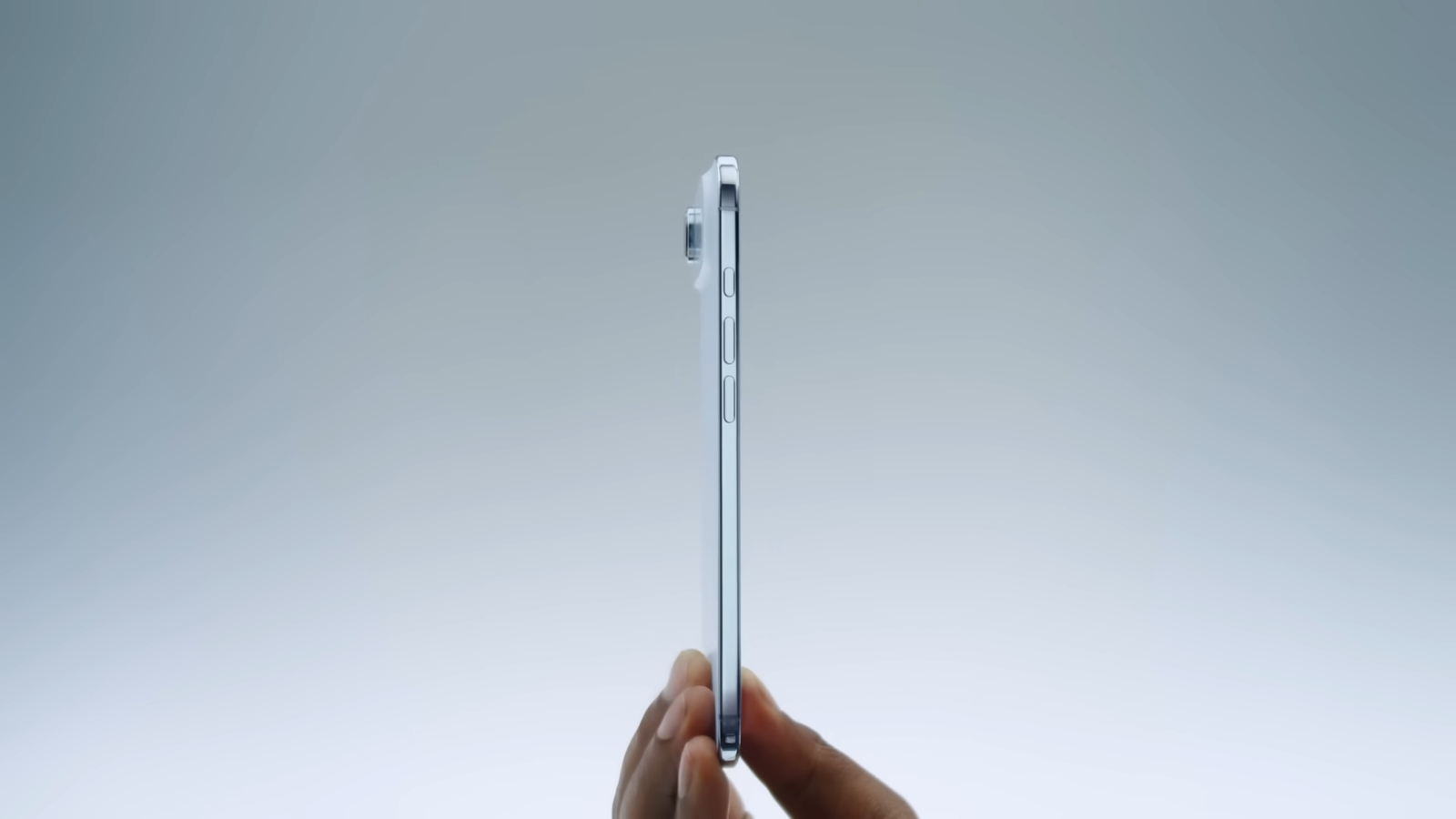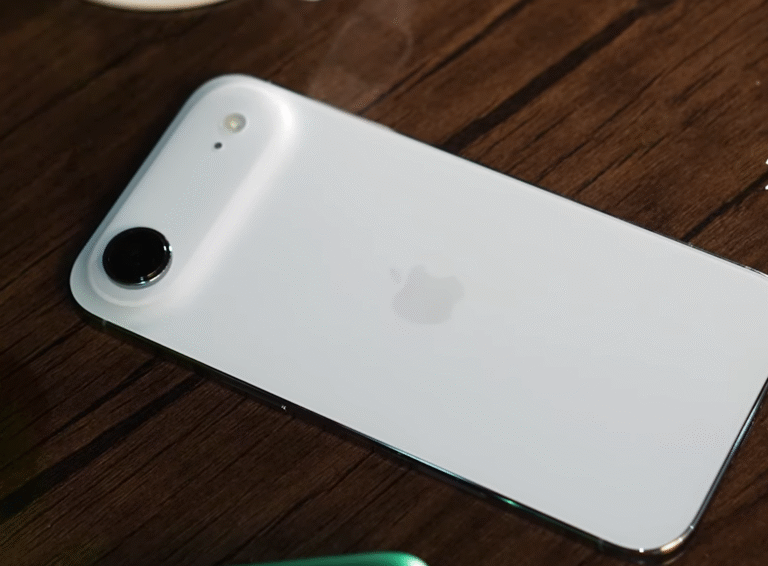
These days, phone companies are trying hard to make their phones thinner and lighter. Big brands like Apple, Samsung, and others are all joining this race. The Vivo X5 Max was once the thinnest phone in the world at just 4.75mm, and it even had a 3.5mm headphone jack.
Companies believe that thin phones look modern and stylish. With new silicon-carbon batteries, they can put good battery capacity in thin phones, so they think slim phones will be the future. But this idea has many hidden problems that can make slim phones fail in the long run.
The Problems With Ultra-Slim Phones
The first big problem is durability. Very thin phones can bend or break easily. This already happened before with the iPhone 6 Plus Bendgate. That phone bent in people’s pockets. Later, Apple made the iPhone 6s Plus thicker to stop it from bending. If phones keep getting thinner, they will keep getting weaker.
The second issue is heating. Modern phone processors are very powerful and can get hot. To keep them cool, phones need space for heat plates or cooling systems. Thin phones don’t have enough space for that, so they often overheat and slow down.
The third problem is the camera. Today, people expect good cameras with many lenses like wide, ultra-wide, and telephoto. These big lenses and sensors need space. Thin phones don’t have enough space, so they either use smaller, weaker cameras or make a big camera bump, which defeats the purpose of being slim.
Why This Trend Will Not Stay
People may like slim phones, but no one asked for ultra-slim phones. They don’t want phones that break easily, get hot, or have small batteries. Most good phones are around 6mm to 7.5mm thick. This size gives space for a strong frame, a big battery, good cameras, and all the features people want.
This slim phone trend looks similar to the pop-up camera trend from 2018–2019. At first, pop-up cameras looked cool, but they broke easily and didn’t last long. By 2020, almost all pop-up camera phones disappeared. Slim phones will likely face the same future.
Some people compare slim phones to foldable phones, but foldables also never became very popular because they were not practical. People want strong, reliable phones more than fancy, new designs. Slim phones are just another marketing trick.
What Really Matters
The phone industry rewards companies that focus on real quality—strong batteries, great cameras, solid frames, and cool performance. Ultra-slim phones cut all of these things just to look modern. But people don’t want weak phones that overheat and break.
In the next year or two, you may see many slim phones, but this trend will not last. After some time, brands will go back to normal-thickness phones because they are better. Like pop-up cameras disappeared, slim phones will also fade away.
In the end, a strong and useful phone will always be better than a thin and weak one.



